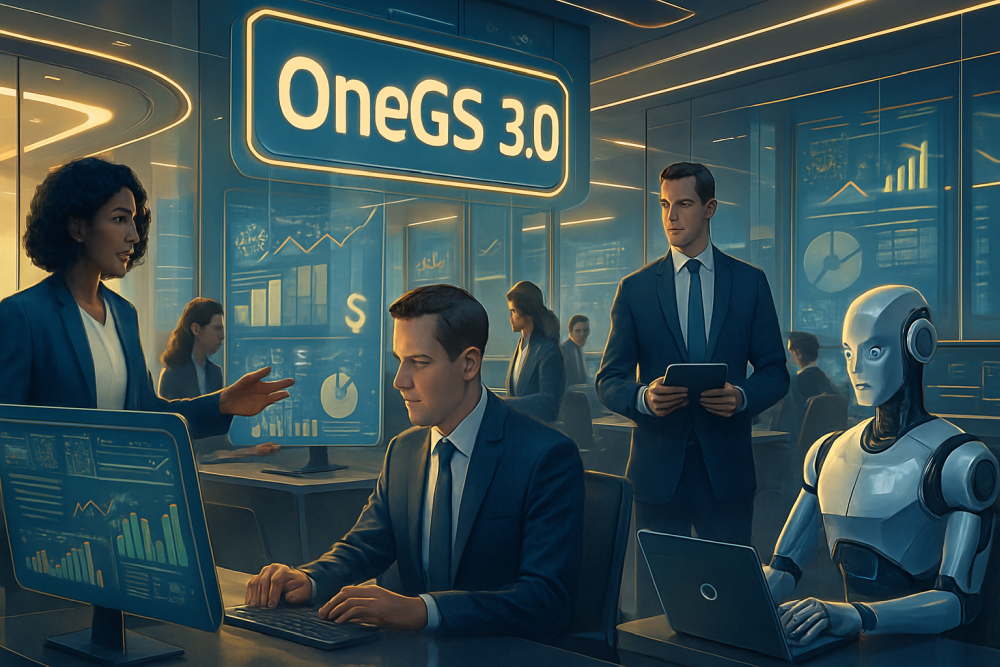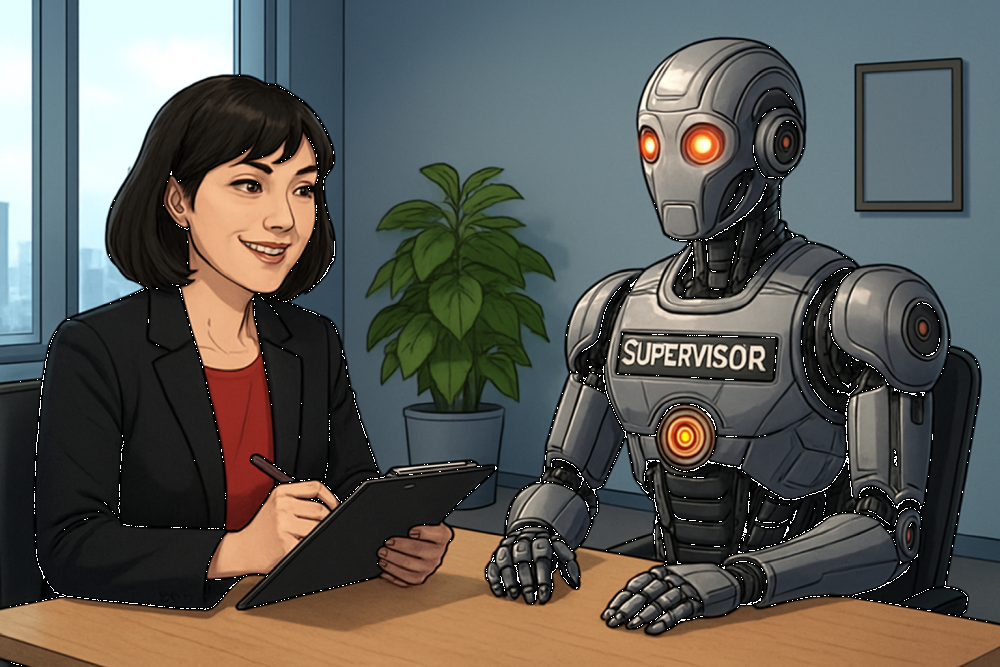Goldman Sachs is entering a new phase of transformation under its OneGS 3.0 strategy, focusing heavily on artificial intelligence to streamline operations and reduce inefficiencies. The move comes as the bank seeks to modernize its internal processes, including client onboarding, sales, and vendor management, while maintaining competitiveness in a rapidly evolving financial landscape.

The initiative will lead to a selective hiring slowdown and job cuts across certain departments through 2025. However, the company clarified that overall headcount could still rise by year’s end, as new roles emerge in areas tied to AI, data analytics, and technology integration. This shift reflects a broader industry trend where automation reshapes traditional finance roles rather than fully eliminating them.

Executives at Goldman Sachs believe AI will drive better decision-making, faster operations, and improved client service. The technology is being integrated into lending and reporting systems, enabling real-time insights and reducing administrative workloads. Yet, the transformation also signals that employees will need to adapt quickly, acquiring new digital and analytical skills to remain relevant within the organization.

For Goldman Sachs, this strategic pivot balances technological ambition with human adaptation. The firm aims to lead a wave of change in banking, where AI supports—not replaces—human intelligence. While job uncertainty may unsettle some, the long-term vision positions Goldman at the forefront of an AI-powered financial era that redefines how banks operate from the inside out.

#GoldmanSachs #AI #Finance #Banking #JobCuts #Innovation #OneGS3 #Automation #Technology #FutureOfWork
